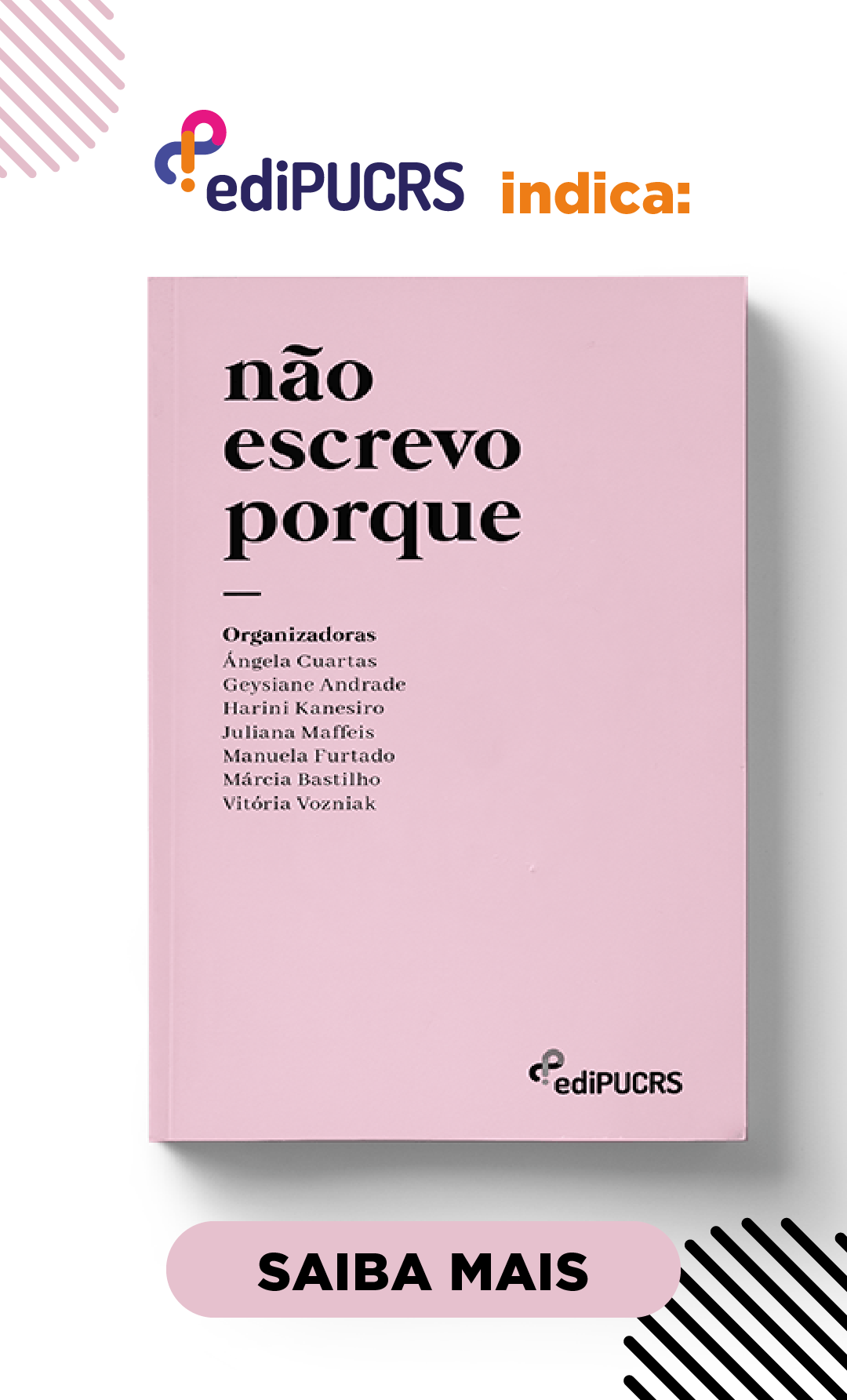Foco na forma e o ensino de Inglês como L2/L3
DOI:
https://doi.org/10.15448/2178-3640.2017.1.26719Palavras-chave:
foco na forma, aprendizagem de L3, plurilíngues.Resumo
Semelhanças gramaticais e lexicais entre as línguas podem ajudar a promover a aprendizagem de línguas por adultos. No entanto, mesmo quando recebem muito input na L2, os aprendizes podem não perceber certas semelhanças e diferenças entre sua L1 e a L2 em sala de aula se a estrutura linguística não for saliente. O objetivo deste artigo é discutir os benefícios de fazer comparações gramaticais e lexicais entre as línguas, assim como é proposto no Projeto EuroCom, e a importância de usar Instrução com Foco no Significado e na Forma com feedback corretivo ao ensinar aprendizes de L3, com base em diferentes estudos realizados com plurilíngues. Quanto mais os aprendizes brasileiros de inglês como segunda ou terceira língua perceberem as semelhanças entre inglês, espanhol e português, mais proveito tirarão de seu conhecimento linguístico prévio, facilitando o processo de aprendizagem da L3.
Downloads
Referências
Baker, Colin. 2001. Foundations of Bilingual Education and Bilingualism. 3rd ed. Clevedon: Multilingual Matters. 484 p.
Balcom, P. & Bouffard, P. 2015. The Effect of Input Flooding and Explicit Instruction on Learning Adverb Placement in L3 French. The Canadian Journal of Applied Linguistics, 18(2), p. 1-27.
Brown, Douglas. 2007. Teaching by Principles: An Interactive Approach to Language Pedagogy. 3rd ed. New York: Pearson.
Bull, S. 1995. Handling Native and Non-native Language Transfer in CALL: Theory and Practice. In: Language Teaching and Learning in Higher Education: Issues and Perspectives (p. 97-108). London: Centre for Information on Language Teaching and Research (CILT).
Cho, M. & Reinders, H. 2013. The Effects of Aural Input Enhancement on L2 Acquisition. In: Noticing and Second Language Acquisition: Studies in Honor of Richard Schmidt (p. 133-148). Honolulu: University of Hawaii, National Foreign Language Resource Center.
Cowan, Ron. 2008. The Teacher’s Grammar of English: A Course Book and Reference Guide. Cambridge: Cambridge University Press.
Edwards, John. 2013. Bilingualism and Multilingualism: Some Central Concepts. In: The Handbook of Bilingualism and Multilingualism (p. 5-25). 2nd ed. UK: Blackwell Publishing.
Ellis, Rod. 1994. The Study of Second Language Acquisition. Oxford: Oxford University Press.
Ellis, Rod. 1997. Second Language Acquisition. Oxford: Oxford University Press.
Ellis, Rod. 2009. Corrective Feedback and Teacher Development. L2 Journal, 1, p. 3-18.
Ellis, Nick C. 2006. The Weak Interface, Consciousness, and Form-focused Instruction: Mind the Doors. In: OUP ELT – Form-focused Instruction and Teacher Education (p. 18-34). Frome, Somerset: Data
Standards.
Gass, Susan M. & Selinker, Larry. 2008. Second Language Acquisition: An Introductory Course. 3. ed. Routledge: New York. p. 583.
Grosjean, François. 2010. Bilingual: Life and Reality. Cambridge: Harvard University Press. 271 p.
Haukas, Asta. 2016. Teachers’ Beliefs about Multilingualism and a Multilingual Pedagogical Approach. International Journal of Multilingualism, 13(1), p. 1-18.
Hufeisen, Britta. 2004. A brief introduction to the linguistic foundations. In: B. Hufeisen, & G. Neuner (Org.). The Plurilingualism Project: tertiary Language Learning – German after English. Council of Europe Publishing.
Jessner, Ulrike. 2008. Teaching Third Languages: Findings, Trends and Challenges. Language Teaching, 41(1), p. 15-56. Cambridge University Press.
Jessner, Ulrike. 2014. On Multilingual Awareness or Why the Multilingual Learner is a Specific Language Learner. In: M. Pawlak & L. Aronin (Ed.). Essential Topics in Applied Linguistics and Multilingualism: Studies in Honor of David Singleton. Switzerland: Springer International Publishing.
Lightbown, Patsy M. & Spada, Nina. 2006. How Languages are Learned. 3rd ed. Oxford: Oxford University Press.
Long, M. H. 1983. Speaker/non-native Speaker Conversation and Negotiation of Comprehensible Input. Applied Linguistics, 4(2), p. 126-141.
Pupp Spinassé, Karen. (No prelo). Língua materna, língua estrangeira, língua adicional e suas relações em um contexto multilíngue no Brasil. In: C. L. da Costa Silva, A. Del Ré, & M. Cavalcante (Org.). A Criança na/com a linguagem: saberes em contraponto.
Reinders, H. & Ellis R. 2009. The Effects of Two Types of Input on Intake and the Acquisition of Implicit and Explicit Knowledge. In: Implicit and Explicit Knowledge in Second Language Learning, Testing and Teaching (p. 281-302). Bristol: Multilingual Matters.
Site do Projeto Eurocom <http://www.eurocom.uni-frankfurt.de/english/compact/BIN/start.htm>. (acesso em 2 fev. 2017).
Spada, N. 1997. Form-focused Instruction and Second Language Acquisition: a Review of Classroom and Laboratory Research. State of the art article. Language Teaching, 30, p. 73-87.
Vidal, R. T. 2007. Ensino-aprendizagem do foco na forma: retorno ou recomeço? The Especialist, São Paulo, 28(2), p. 159-184.
Wei, Li. 2013. Conceptual and Methodological Issues in Bilingualism and Multilingualism Research. In: The Handbook of Bilingualism and Multilingualism (p. 26-51). 2nd ed. UK: Blackwell Publishing.
Zimmer, M., Silveira, R., & Alves, U. K. 2009. Pronunciation Instruction for Brazilians: bridging theory and practice together. UK: Cambridge Scholars Publishing
Downloads
Publicado
Como Citar
Edição
Seção
Licença
Copyright (c) 2017 BELT - Brazilian English Language Teaching Journal

Este trabalho está licenciado sob uma licença Creative Commons Attribution 4.0 International License.
Direitos Autorais
A submissão de originais para a BELT - Brazilian English Language Teaching Journal implica na transferência, pelos autores, dos direitos de publicação. Os direitos autorais para os artigos publicados nesta revista são do autor, com direitos da revista sobre a primeira publicação. Os autores somente poderão utilizar os mesmos resultados em outras publicações indicando claramente a BELT - Brazilian English Language Teaching Journal como o meio da publicação original.
Licença Creative Commons
Exceto onde especificado diferentemente, aplicam-se à matéria publicada neste periódico os termos de uma licença Creative Commons Atribuição 4.0 Internacional, que permite o uso irrestrito, a distribuição e a reprodução em qualquer meio desde que a publicação original seja corretamente citada.





